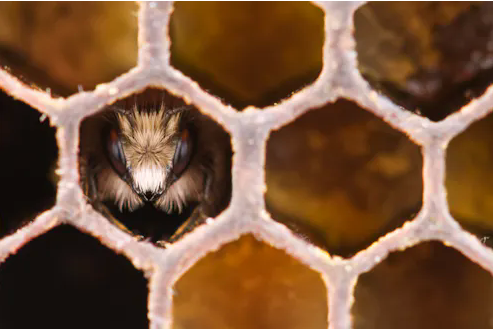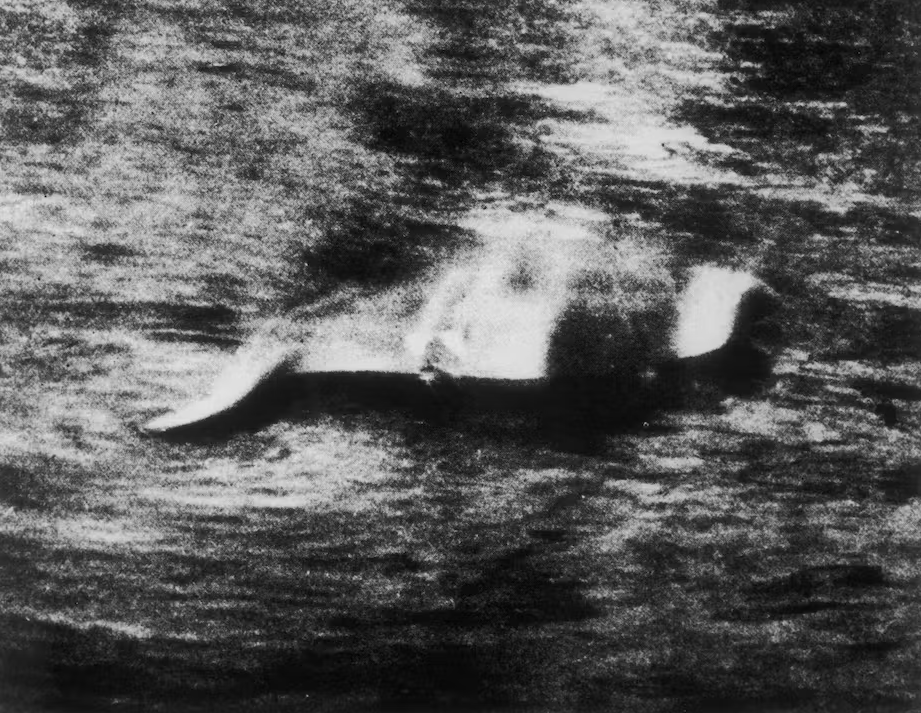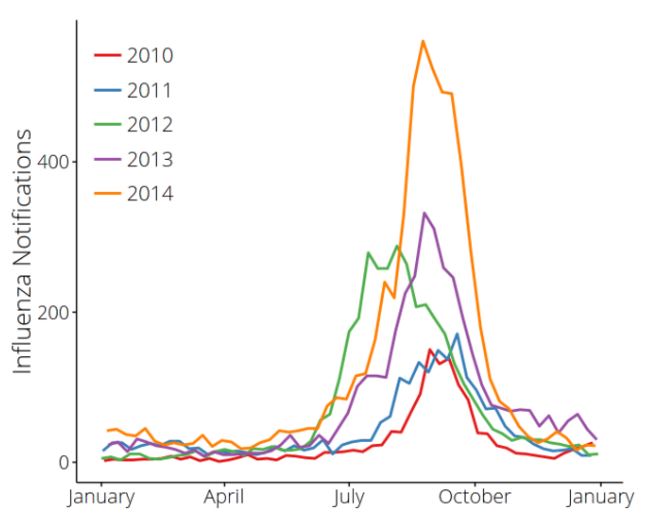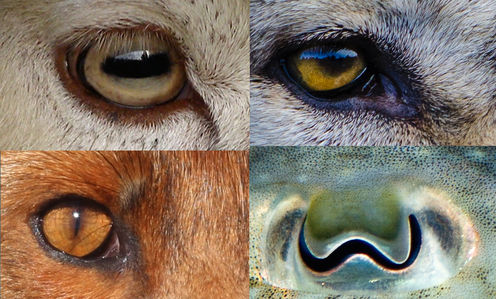 Correlation: Sitting Is Bad For Your Health And Exercise Won't Help
Correlation: Sitting Is Bad For Your Health And Exercise Won't HelpAdvances in technology in recent decades have obviated the need and desire for humans to move....
 It's About Calories, So Kimchi Is Not A Weight Loss Superfood - But You May Eat Less
It's About Calories, So Kimchi Is Not A Weight Loss Superfood - But You May Eat LessFermented foods have become popular in recent years, partly due to their perceived health benefits....
 Beekeepers Are Wrong About Overwinter Hive Behavior
Beekeepers Are Wrong About Overwinter Hive BehaviorHoneybees in man-made hives may have been suffering the cold unnecessarily for over a century because...
 Why Does Anyone Still Search For The Loch Ness Monster?
Why Does Anyone Still Search For The Loch Ness Monster?Hugh Gray was taking his usual post-church walk around Loch Ness in Scotland on a November Sunday...




 We know that our universe has already lived through great number of exciting phases.
We know that our universe has already lived through great number of exciting phases. 


 August 10, 1915. The
August 10, 1915. The 
 Wolves and foxes are closely related and share many of the same characteristics.
Wolves and foxes are closely related and share many of the same characteristics.
 Democrats (myself included) enjoy ridiculing Republicans who deny the scientific consensus behind climate change. But we then deny the inconvenient truth behind our own preferred climate policies: they will have regressive impacts on the poor and middle class.
Democrats (myself included) enjoy ridiculing Republicans who deny the scientific consensus behind climate change. But we then deny the inconvenient truth behind our own preferred climate policies: they will have regressive impacts on the poor and middle class.